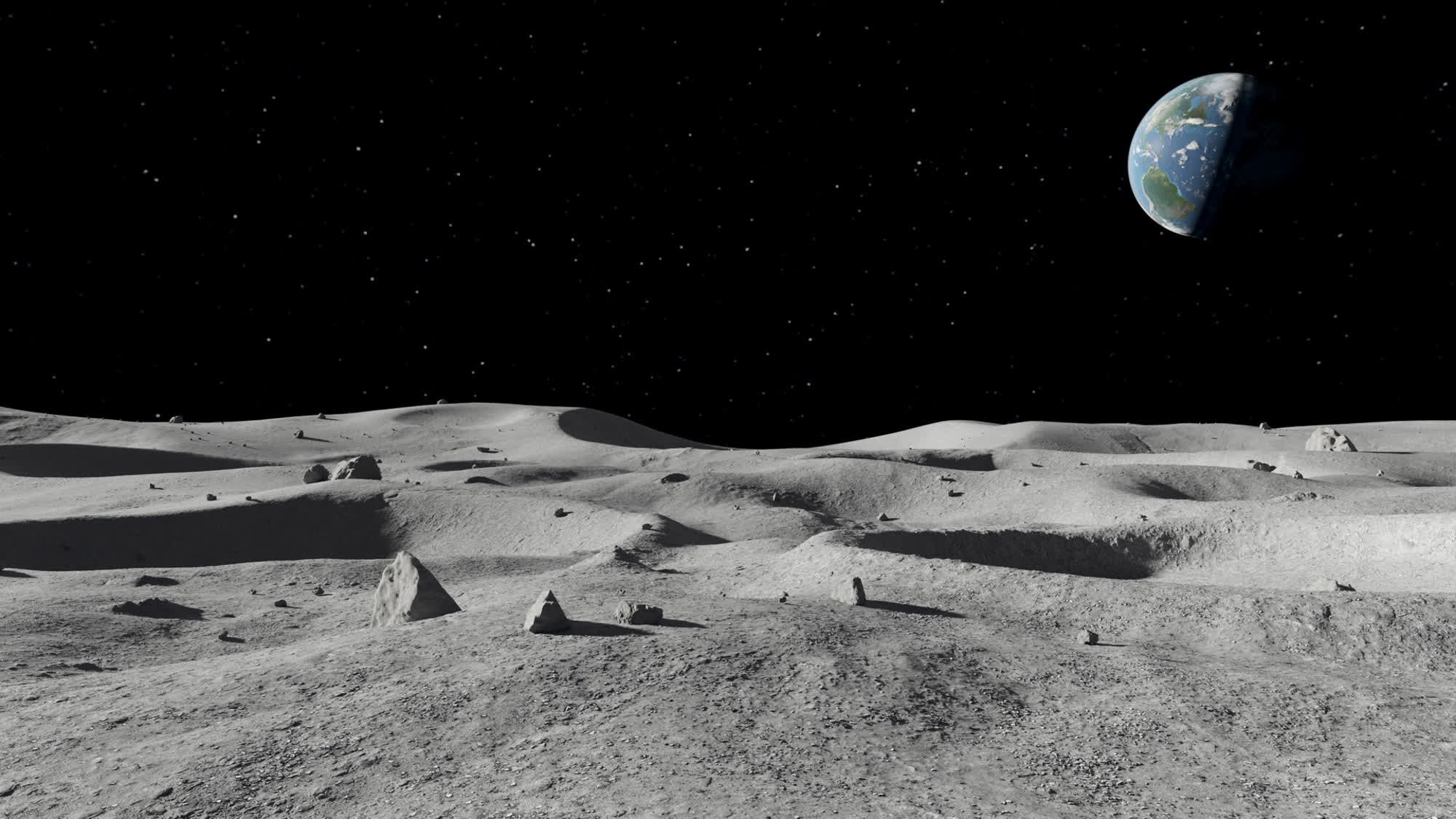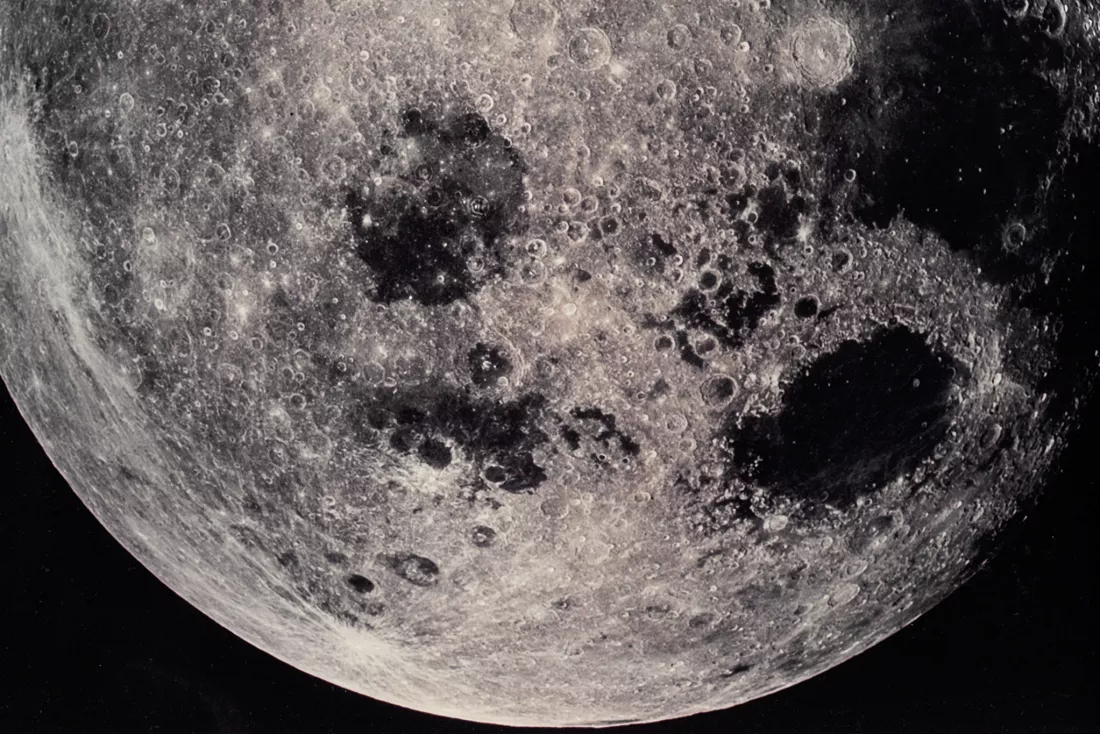Space Train: DARPA is the Pentagon's main research and development agency, working on "emerging" technologies and their potential military use. The latest research funded by the organization, however, is something that's literally out of this world.

DARPA has tasked Northrop Grumman Corporation to come up with a plan for a railroad network on the Moon. The transportation system would be used to move humans, supplies, and other resources around the lunar surface, the US military contractor said, strengthening the creation of a proper "space economy" for both the United States and interested international parties.
Northrop Grumman, one of the world's largest weapons manufacturers and military technology contractors, will provide DARPA with a complete study about the feasibility and design challenges of lunar railroad technology. This study will define the "interfaces" and resources required to build the space railroad, put together a "critical" list of costs, technological and logistical risks, and identify prototypes and "demonstrations" of a fully operational lunar railroad concept.
The Moon train is expected to be built and operated by robotic equipment. Northrop Grumman will therefore need to study how robots could prepare foundations, place and align tracks, and inspect, maintain, and eventually repair the railroad system. Northrop Grumman VP Chris Adams said that the corporation has a proven experience in the integration of complex systems, and is now seemingly ready to tackle the challenges of a "sustainable space ecosystem."
The proposed study on a lunar railroad is part of DARPA's LunA-10 initiative, a study aiming to develop foundational technology concepts of scalable, interoperable systems for a lunar economy. Northrop Grumman is one of the 14 companies tasked by the agency to properly research the topic, developing designs and ideas that could inspire future initiatives.
DARPA is not funding any building or manufacturing project to bring an actual train to the Moon, as we're still in the conceptual phase of a theoretical lunar economy of the far future. NASA and other major space agencies plan to bring humans back to the Moon with the ambitious Artemis program, but the first actual landing of a new generation of astronauts on the lunar surface has now been postponed to late 2026.
Three years ago, the US space agency proposed its own idea about a maglev-based transportation system known as Flexible Levitation on a Track or FLOAT. The network was designed to send autonomous bots around the Moon surface using diamagnetic levitation, overcoming the issues experienced by Apollo astronauts with lunar regolith. The silicate-rich particles are extremely abrasive, and they can easily wear space suits and harm both equipment and human health.
https://www.techspot.com/news/102360-darpa-northrop-grumman-toying-concept-lunar-train-railroad.html
